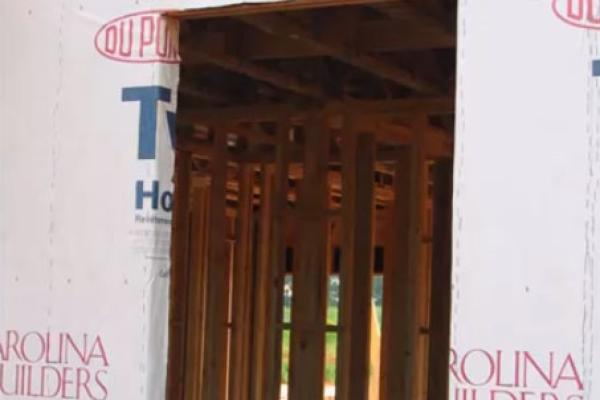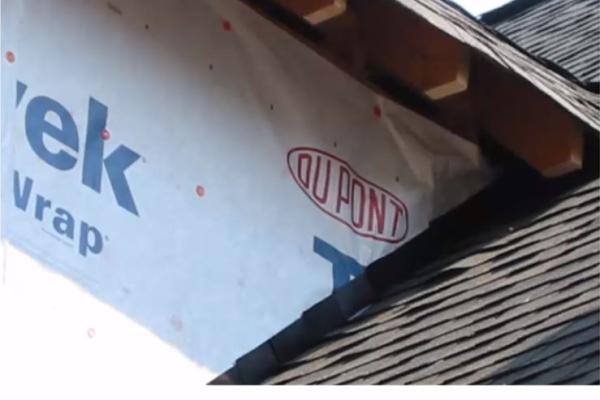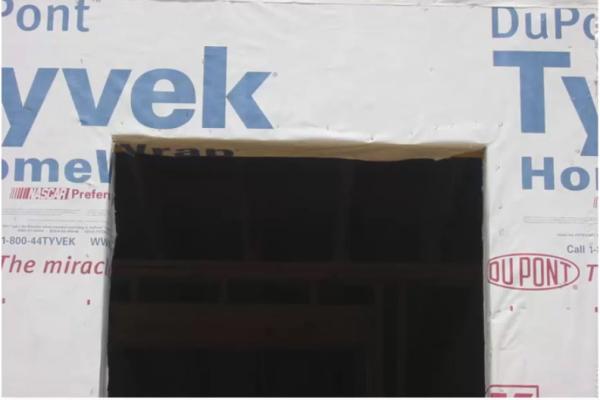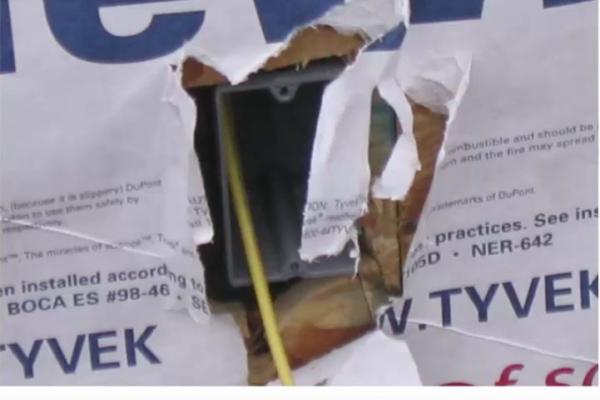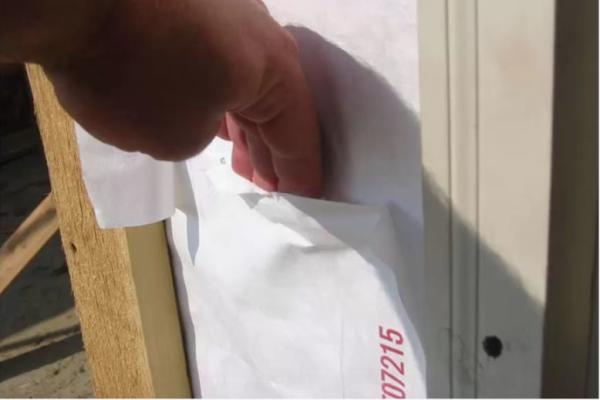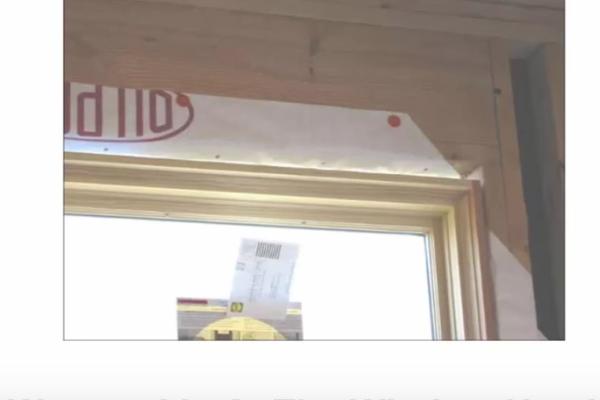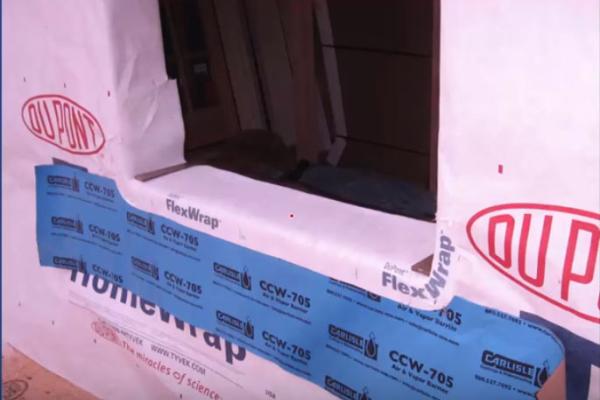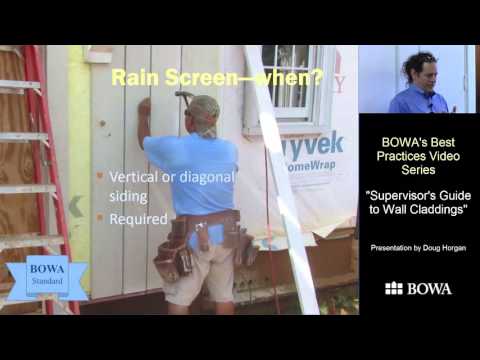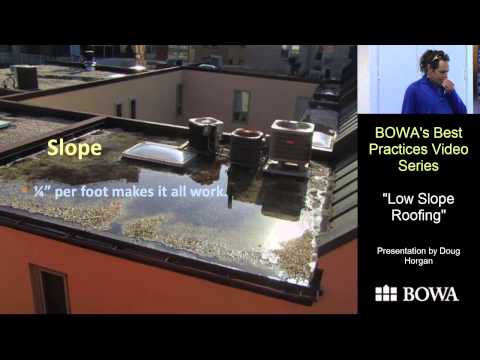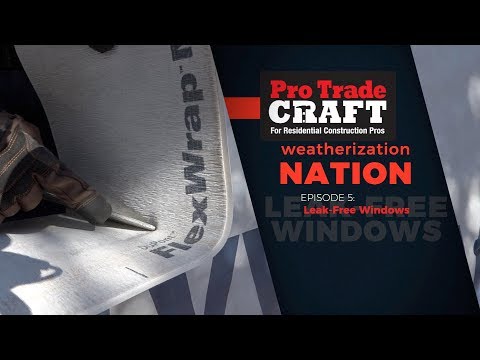Repairing leaks on a multi-million dollar house during a rainstorm is not pleasant for anyone involved. But it happens.
It happens for a number of reasons, but mainly—Doug Horgan says—because what passes for 'normal workmanship' is terrible. Even many top-notch siding crews—crews that do beautiful carpentry—do not know how to install house wrap correctly.
"No matter how pretty a house looks on the inside, if it does not shelter you from the elements outside, it's not really doing its job."
—Doug Horgan, VP Quality Control, BOWA
House wrap matters because siding materials leak—brick, stone, wood, EIFS, vinyl—house wrap has to protect the structure from the siding leaks. Siding doesn't leak because it is bad; siding leaks because people install it.
BOWA's advice: Because the siding will leak, add a backup layer to collect and drain the rainwater.
Editor's Note: This video is a BOWA Builders internal training seminar for site superintendents. The subject matter is best practices for installing house wrap to drain water and stop air. And stop roof repairs in the rain. We thank them for posting the video, and for the technical review of this article.
Main topics in the video:
- How to install house wrap right (4:40)
- Penetrations through house wrap (12:27)
- Window installation (15:40)
- Transitions to roofs, stoops, and decks (43:21)
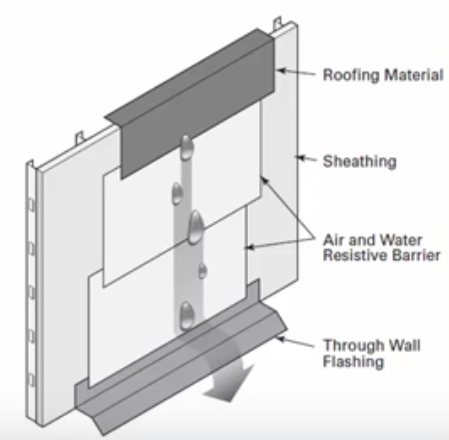
How to install Tyvek (and other) house wrap (4:40)
- Extend house wrap below the mudsill—for water management, but also for air sealing. Seal the bottom of the house wrap to the sheathing with caulk or tape.
- Overlap the layers shingle-style as you go up the wall—like roofing shingles.
- Overlap vertical seams 6-12 inches.
- Overlap horizontal seams 6 inches (upper layer over lower layer). #Can'tSayThatEnough
- Fasteners: use a cap nailer because slap staples leak. Tyvek says you can use 4 staples per 9 feet of house wrap if you tape over them and apply the siding right away. But a cap stapler is better.
- Apply house wrap up the gables before installing exterior trim, even if the attic is not conditioned. House wrap is not just for air sealing the insulated parts of the house; it is mainly for water management. If the gable isn’t covered, water can get to the framing, and even behind the housewrap below.
- Wrap and seal the underside of the cantilevers. Better yet, add a solid sheet good to cover the bottom, and wrap over that.
- Tape the seams on flat house wrap with 2-inch tape; use 3-inch tape for wrinkled house wraps.
Editors note: David Joyce recently told me about a poorly-taped horizontal seam in a house wrap where water found its way into a fishmouth in the tape and became a sideways leak—using the tape as a trough to travel in—until it found a window, where it poured into the wall. David now caulks horizontal seams after house wrap is installed rather than taping them.
Doug Agrees:
"A great way to pour water into a taped seam is to tape halfway up a button-cap fastener. We train people to hold the fasteners up away from the seams, and to tape over any such caps."
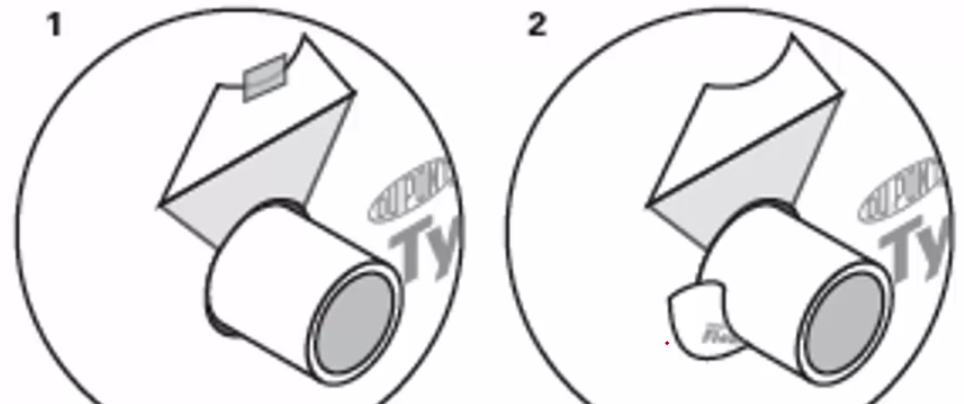
Penetrations through house wrap (12:27)
Flash all pipes, vents, outlets, and blocks the same: shingle style, beginning at the bottom.
For round items, like a pipe:
- Cut a flap above the pipe and fold it up and out of the way.
- Use flexible flashing tape below the pipe, overlapping the house wrap.
- Install flexible flashing tape above the pipe, tucking it under the house wrap.
- Tape the seams.
To repair a hole in Tyvek:
- Cut a horizontal slit
- Slide a piece of house wrap into the slit
- Lap it over the bottom house wrap and under the top
- Tape the seams
To flash a flanged vent in a WRB:
- Flash under the bottom,
- slit at the top,
- slip top in
- tape sides and top
Meter bases:
- Install a large piece of peel and stick behind the meter base.
- If the meter base is already installed, "you're screwed," says Doug, who then suggests sealing the house wrap to the meter base with flashing tape or caulk.
- The same applies for railings, but you can design railings not to need to tie into siding—holding them back to be self-supporting about two inches from the house.
Windows are three-dimensional holes (15:40):
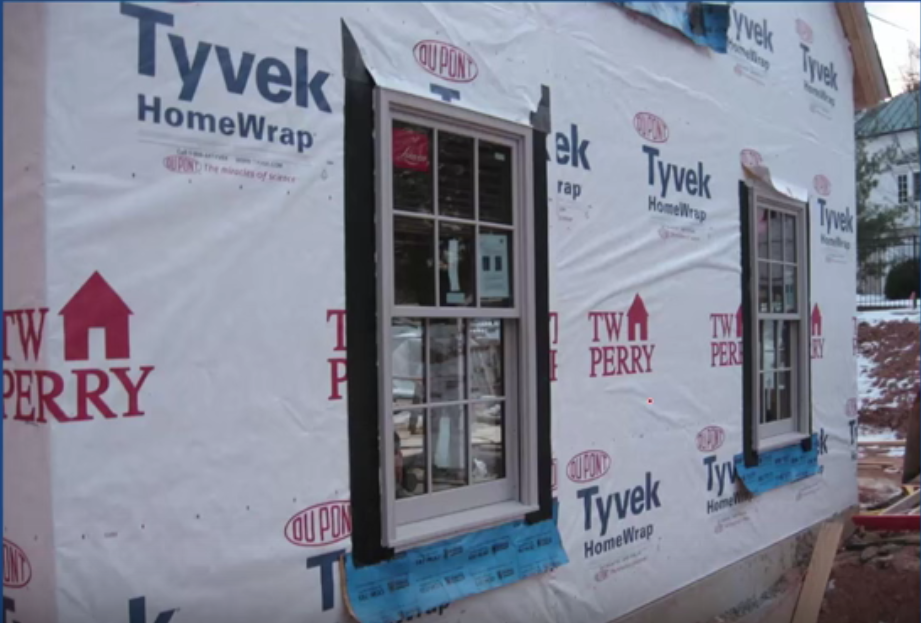 Best practices have changed significantly over the past decade. It used to be common practice to make an X cut on the window opening and then wrap the house wrap into the RO.
Best practices have changed significantly over the past decade. It used to be common practice to make an X cut on the window opening and then wrap the house wrap into the RO.
The problem with this is that it creates air leaks by creating bladders for air transport. On big jobs, like many of BOWA's jobs, it is important that everyone follows the same steps.
Doug recommends doing a mock-up window install on-site for use for reference. That way, everyone has something to look at and no excuse for the steps being unclear.
Cut the WRB Flush
- Cut the house wrap flush—or even up to 1 inch past—all sides of the window.
- Cut 45 degrees extending outward from the top corners to create a flap that allows you to tuck the top flange of the window behind the WRB.
Slope, seal, and shim the sill
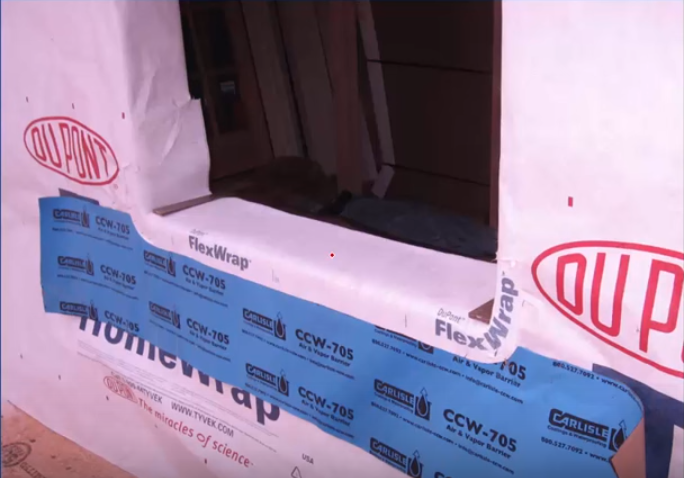 Slope can be done with beveled siding, which is the most common advice, but it is expensive and adds nothing that sloping the sill doesn't. The easiest way to slope the sill is to whack it with your hammer and slide in a shim.
Slope can be done with beveled siding, which is the most common advice, but it is expensive and adds nothing that sloping the sill doesn't. The easiest way to slope the sill is to whack it with your hammer and slide in a shim.- Before installing pan flashing, install a skirt to extend the sill pan through any masonry siding. This skirt is called through-wall flashing.
- Staple the through-wall flashing about an inch below the window opening before flashing the window sill. This keeps the layers from building up too much and kicking the flange out at the bottom.
- Through-flashings are important for masonry, such as brick or stone, but can be incorporated into wood siding, too—a flap of house wrap between two courses of siding directs water out as quickly as possible. This detail can also be seen in Window Retrofit: From the R.O., Out
- Flash the sill, extending down over the top of the through-wall flashing.
Flashing tape tips:
- Leave the outer release paper on until the flashing is stuck to the sill. That reduces the chances of the tape sticking to itself during installation.
- Use a square block to push the tape tight into the corners, being careful not to puncture the corner.
- Use a J-roller to push down the tape. Make sure to roll out any bumps and eliminate 'fish mouth' bubbles. Rolling tapes is mandatory at BOWA for all carpenters and subcontractors.
Window shimming tips and tricks:
Wood shims can absorb water and wick it into wood windows, so use plastic shims.
- Long shims make it difficult to fold up a back dam on the flashing tape later in the process, so BOWA recommends short plastic shims.
- Stabila's extendable level makes leveling the window shims ahead of time a much faster task for installing a house full of windows. This also makes it easier to NOT damage the pan flashing during window installation (sliding shims in and out of an opening when there is weight bearing on the shim does not make pan flashing LESS damaged).
Sealing the pan flashing to windows and doors (22:24)
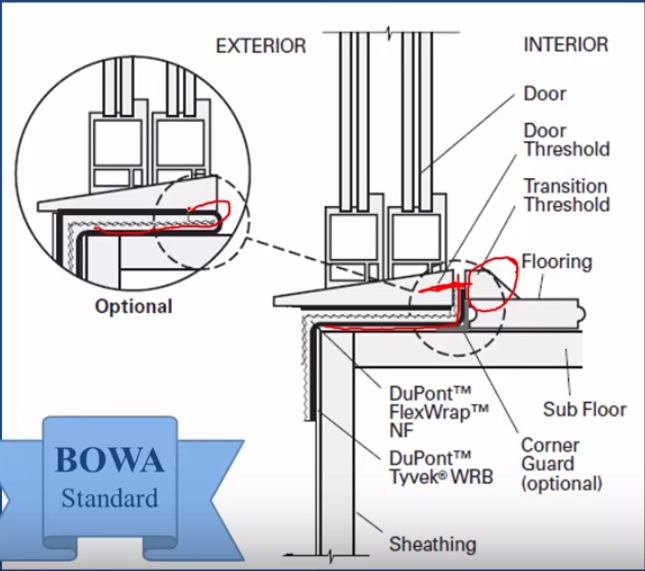
Some flashing tapes have a thin release strip along one edge, about 1 inch wide. This is so you can fold up the sill flashing to act as a back dam. Alternatively, you can also fold it back on itself before setting the window or door.
Doug prefers the back dam top be folded up after the door is installed (Image above), but sometimes finish flooring thickness doesn't allow it. For thin flooring applications, fold the strip back into the opening and then tilt the door on top of it.
Back dams work in window openings, too, but it is difficult to shim a window that has a back dam—unless you use short shims, placed perfectly. Other options include:
- Pre-made plastic pans
- Fluid applied flashing
- Non-stretch flashing tapes with corner patches
All of these work, but Doug points out that they are either more expensive or less effective than sloping the sill and flashing with flexible tape, so BOWA recommends sloping the sill and flashing with flex tape, as seen in the inset image above.
Flashing the side jambs of a window (32:31)
- Jamb flashing should extend at least 2 inches past the exterior trim because there will be a vertical joint where siding meets the trim. That joint should be protected. BOWA recommends using 9-inch wide tape for jamb flashing. This bridges the framing, sheathing, WRB, and trim joint.
- Caulk the top and sides of the rough opening.
- Skip caulk the bottom—leave two-inch gaps every six inches or so to make weep gaps for drainage.
- Install the window plumb, level, square, and centered in the opening.
- Tape over the side jambs. Side jamb tape should extend about an inch above the top of the window.
- Tape over the head flange, covering the side jamb tape.
- Fold down the top flap of house wrap, and tape the seams.
- Metal head-flashing may be called for by the window manufacturer. If so (or if installing a wood window), install it before taping the top flange.
Flashing tape at the top should bridge the gaps between the window unit and the wall sheathing, for air sealing as well as water management.
DO NOT tape over the bottom flange because you will block the drainage path.
This is another good reason to put the through-wall flashing on before the pan flashing. If you don't, the masons may stick the through-wall flashing to the bottom flange, inadvertently sealing the weep holes.
![]() An optional upgrade for coastal or mountain exposure, or when manufacturer calls for it (37:15)
An optional upgrade for coastal or mountain exposure, or when manufacturer calls for it (37:15)
A pressure skirt is a strip of house wrap that is taped to the flange, extends about 12 in. past the window jambs, and hangs down in front of the sill flange.
Drainage can still happen behind the skirt, but the extra flap protects against pressure-driven rain.
Pressure skirts are in the Marvin installation instructions as well as the Loewen installation instructions. BOWA specifies pressure skirts when required by the window manufacturer.
If installing a pressure skirt, add it before taping the side jambs.
Keeping the WRB watertight at roofs, stoops, and decks (43:21)
House wrap must be overlapped just like roof shingles, yet many roofers fail to overlap house wrap over the step flashing.
"It's an area where you have two different trades, it's really on us to make sure this gets done right, and a lot of times it seems to be very challenging for people."
Step by step to roof/wall connections that don't leak:
- Wrap roof paper up the wall to back up the step flashing. Five inches up the wall is good for 4-inch step flashing. It should be high enough for visual verification that it was done.
- Cut the house wrap so that the roof paper can be tucked underneath.
- Always install a kickout flashing. BOWA has required them for ten years, and kickout flashing is in the code now, yet many people do not use them or know what they are.
- Use 4-inch step flashings. Many siding manufacturers require a 2-inch space between the siding and the roof, so 4-inch flashings are minimum.
Doug answers the 'Yeah, but ...' question before it is even asked:
"Kickout flashing and 4 inch step flashing are available at Home Depot, so there is no reason to not use them."
Stoops are where termites get started on houses because they are often the wettest part of a house
It is critical to separate the masonry stoop from the wood framing. Because wicking is strong.
Fluid-applied water sealing or heavy-duty sheet material can do this.
Deck ledgers are another area where moisture can build up.
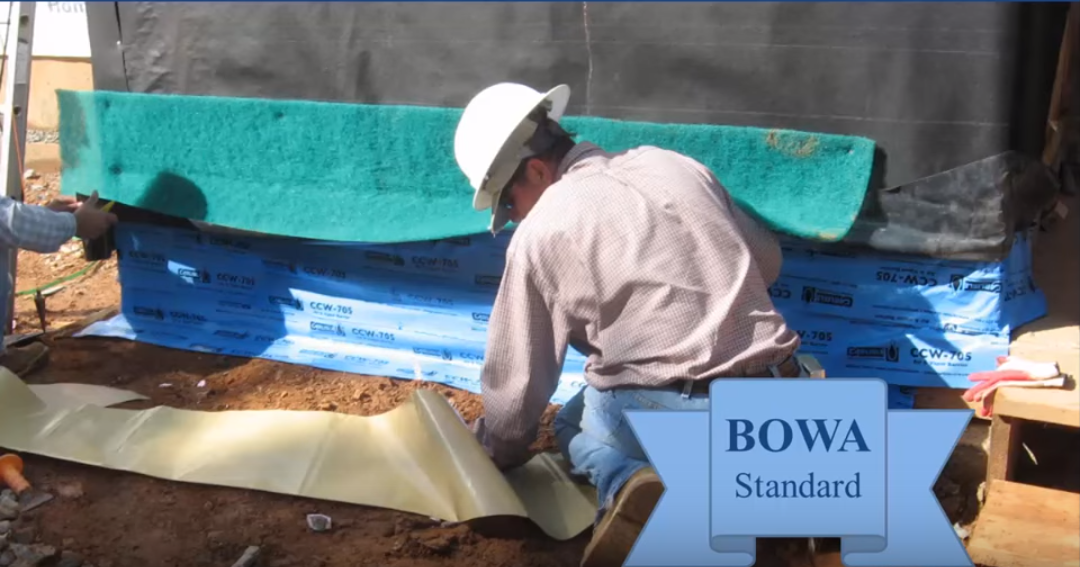
Anywhere that leaves, and debris can build up and hold moisture is an area that needs extra attention.
- Apply peel and stick membrane to the wall sheathing behind where the deck ledger will be.
- Extend the membrane 4-6 inches higher than the ledger and overlap the house wrap. Some people use coil stock here, but metal doesn’t seal, and aluminum corrodes, so BOWA *sticks* to the self-adhered membrane.

- Flash the top of the ledger. BOWA recommends plastic ledger flashing, but copper and stainless steel work too. Aluminum could be used but should be separated from pressure-treated lumber with peel and stick membrane.
- Air gaps behind the ledger can work well, too, allowing airflow to promote drying. There is some concern, however, about the shear strength of a cantilevered ledger, so check with an engineer before devising an air gap strategy.
More on installing house wrap:
- How to install house wrap yourself: Retrofitting Tyvek on a House with Existing Windows (ptc@home part 2)
- How to install Tyvek house wrap with a crew: Weatherization Nation 4: The WRB is a BFD
